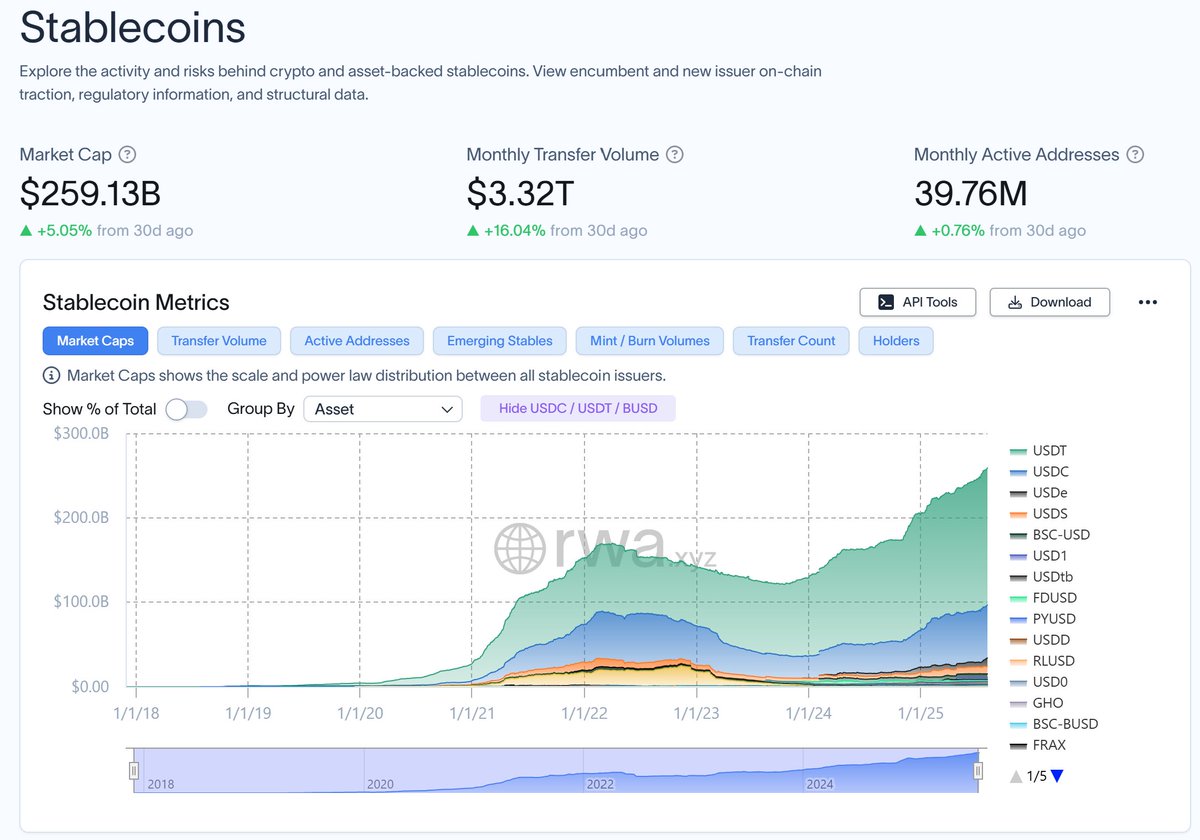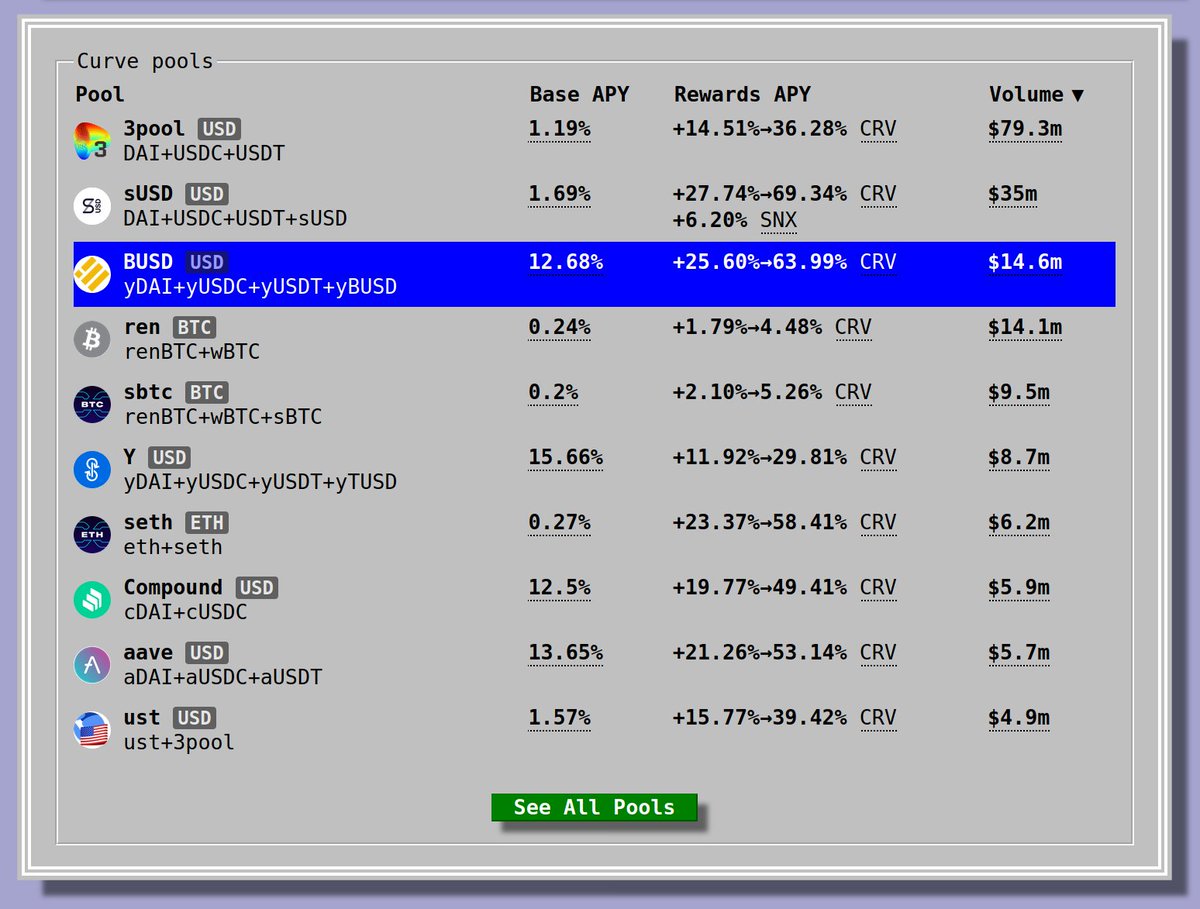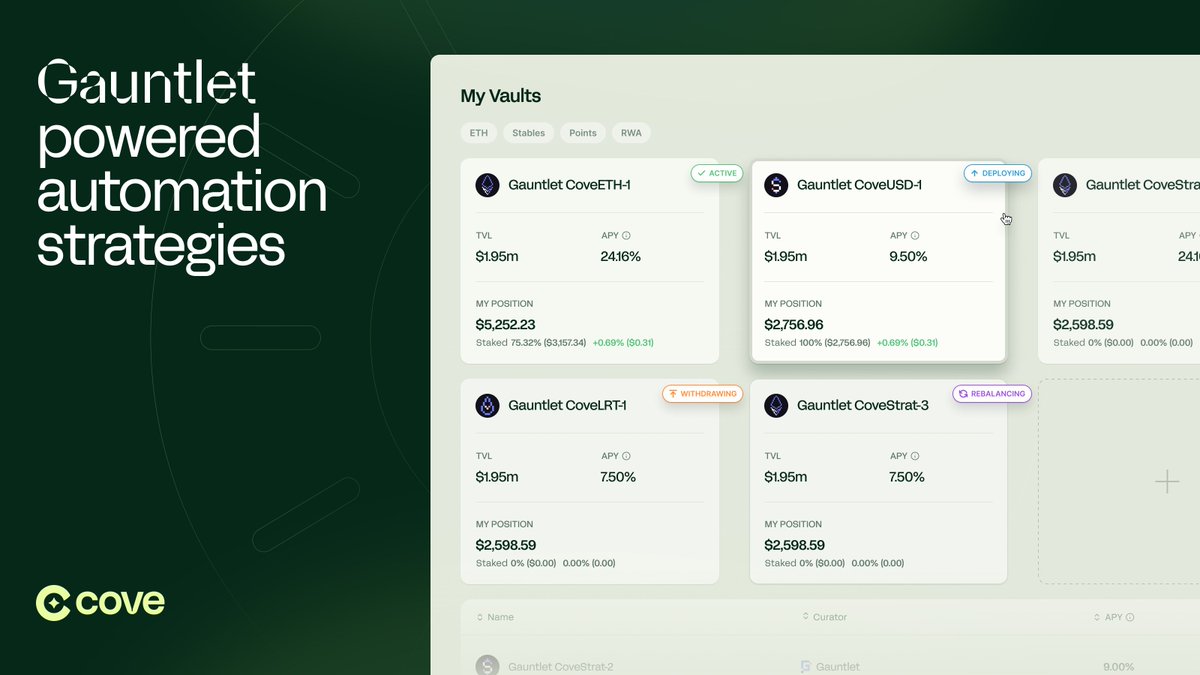This token isn’t available on the OKX Exchange.

BUSD
Buy Useless Shitcoin Daily price

ERznXZ...pump
$0.00012501
+$0.000094925
(+315.55%)
Price change for the last 24 hours
USD
We can’t find that one.
Check your spelling or try another.
Check your spelling or try another.
How are you feeling about BUSD today?
Share your sentiments here by giving a thumbs up if you’re feeling bullish about the coin or a thumbs down if you’re feeling bearish.
Vote to view results
Disclaimer
The social content on this page ("Content"), including but not limited to tweets and statistics provided by LunarCrush, is sourced from third parties and provided "as is" for informational purposes only. OKX does not guarantee the quality or accuracy of the Content, and the Content does not represent the views of OKX. It is not intended to provide (i) investment advice or recommendation; (ii) an offer or solicitation to buy, sell or hold digital assets; or (iii) financial, accounting, legal or tax advice. Digital assets, including stablecoins and NFTs, involve a high degree of risk, can fluctuate greatly. The price and performance of the digital assets are not guaranteed and may change without notice.
OKX does not provide investment or asset recommendations. You should carefully consider whether trading or holding digital assets is suitable for you in light of your financial condition. Please consult your legal/tax/investment professional for questions about your specific circumstances. For further details, please refer to our Terms of Use and Risk Warning. By using the third-party website ("TPW"), you accept that any use of the TPW will be subject to and governed by the terms of the TPW. Unless expressly stated in writing, OKX and its affiliates (“OKX”) are not in any way associated with the owner or operator of the TPW. You agree that OKX is not responsible or liable for any loss, damage and any other consequences arising from your use of the TPW. Please be aware that using a TPW may result in a loss or diminution of your assets. Product may not be available in all jurisdictions.
OKX does not provide investment or asset recommendations. You should carefully consider whether trading or holding digital assets is suitable for you in light of your financial condition. Please consult your legal/tax/investment professional for questions about your specific circumstances. For further details, please refer to our Terms of Use and Risk Warning. By using the third-party website ("TPW"), you accept that any use of the TPW will be subject to and governed by the terms of the TPW. Unless expressly stated in writing, OKX and its affiliates (“OKX”) are not in any way associated with the owner or operator of the TPW. You agree that OKX is not responsible or liable for any loss, damage and any other consequences arising from your use of the TPW. Please be aware that using a TPW may result in a loss or diminution of your assets. Product may not be available in all jurisdictions.
BUSD market info
Market cap
Market cap is calculated by multiplying the circulating supply of a coin with its latest price.
Market cap = Circulating supply × Last price
Market cap = Circulating supply × Last price
Network
Underlying blockchain that supports secure, decentralized transactions.
Circulating supply
Total amount of a coin that is publicly available on the market.
Liquidity
Liquidity is the ease of buying/selling a coin on DEX. The higher the liquidity, the easier it is to complete a transaction.
Market cap
$125.01K
Network
Solana
Circulating supply
1,000,000,000 BUSD
Token holders
179
Liquidity
$133.69K
1h volume
$4.34M
4h volume
$4.34M
24h volume
$4.34M
BUSD price performance in USD
The current price of buy-useless-shitcoin-daily is $0.00012501. Over the last 24 hours, buy-useless-shitcoin-daily has increased by +315.55%. It currently has a circulating supply of 1,000,000,000 BUSD and a maximum supply of 1,000,000,000 BUSD, giving it a fully diluted market cap of $125.01K. The buy-useless-shitcoin-daily/USD price is updated in real-time.
5m
-14.93%
1h
+315.55%
4h
+315.55%
24h
+315.55%
About Buy Useless Shitcoin Daily (BUSD)
BUSD FAQ
What’s the current price of Buy Useless Shitcoin Daily?
The current price of 1 BUSD is $0.00012501, experiencing a +315.55% change in the past 24 hours.
Can I buy BUSD on OKX?
No, currently BUSD is unavailable on OKX. To stay updated on when BUSD becomes available, sign up for notifications or follow us on social media. We’ll announce new cryptocurrency additions as soon as they’re listed.
Why does the price of BUSD fluctuate?
The price of BUSD fluctuates due to the global supply and demand dynamics typical of cryptocurrencies. Its short-term volatility can be attributed to significant shifts in these market forces.
How much is 1 Buy Useless Shitcoin Daily worth today?
Currently, one Buy Useless Shitcoin Daily is worth $0.00012501. For answers and insight into Buy Useless Shitcoin Daily's price action, you're in the right place. Explore the latest Buy Useless Shitcoin Daily charts and trade responsibly with OKX.
What is cryptocurrency?
Cryptocurrencies, such as Buy Useless Shitcoin Daily, are digital assets that operate on a public ledger called blockchains. Learn more about coins and tokens offered on OKX and their different attributes, which includes live prices and real-time charts.
When was cryptocurrency invented?
Thanks to the 2008 financial crisis, interest in decentralized finance boomed. Bitcoin offered a novel solution by being a secure digital asset on a decentralized network. Since then, many other tokens such as Buy Useless Shitcoin Daily have been created as well.
Monitor crypto prices on an exchange
Watch this video to learn about what happens when you move your money to a crypto exchange.
















